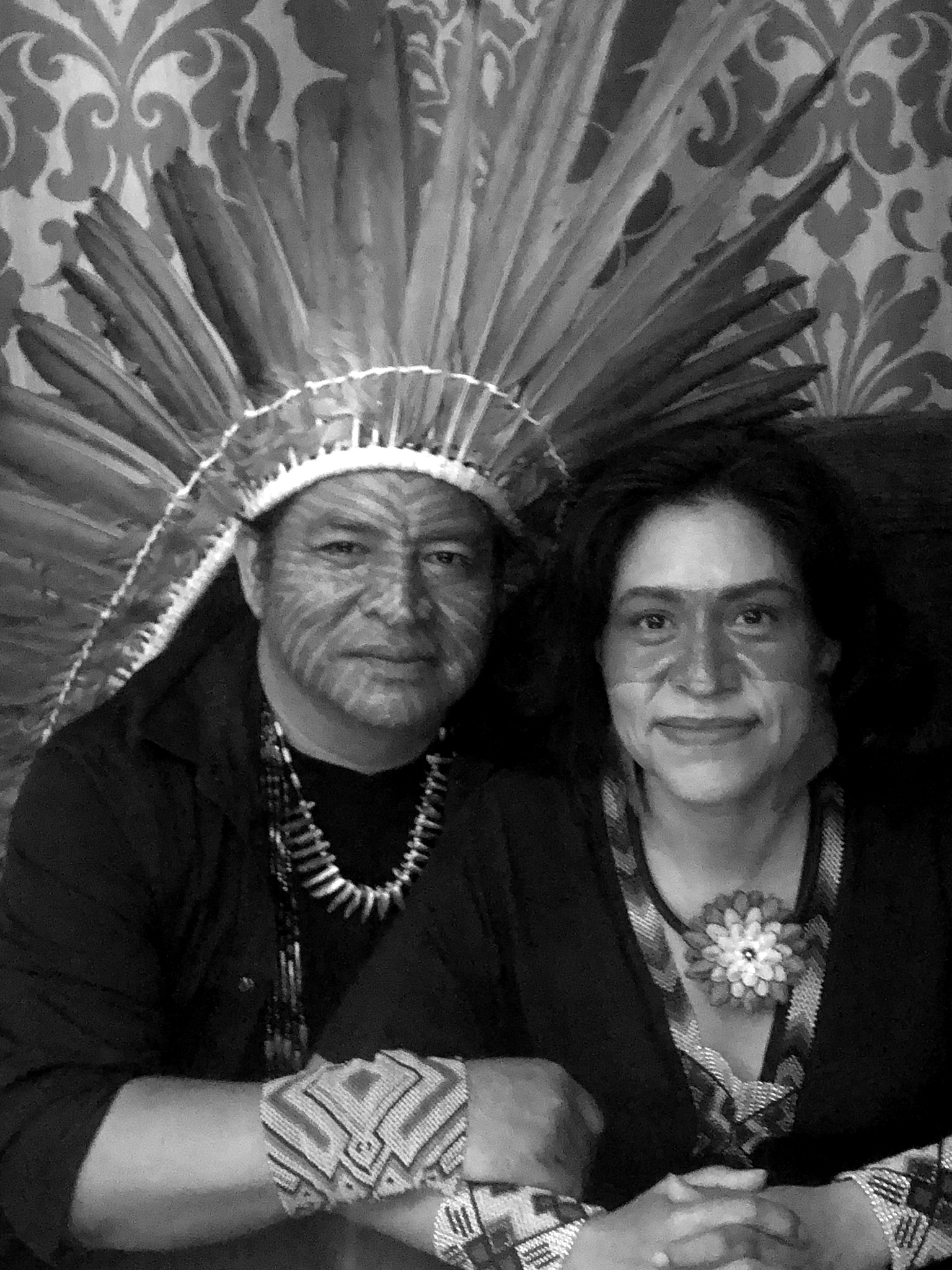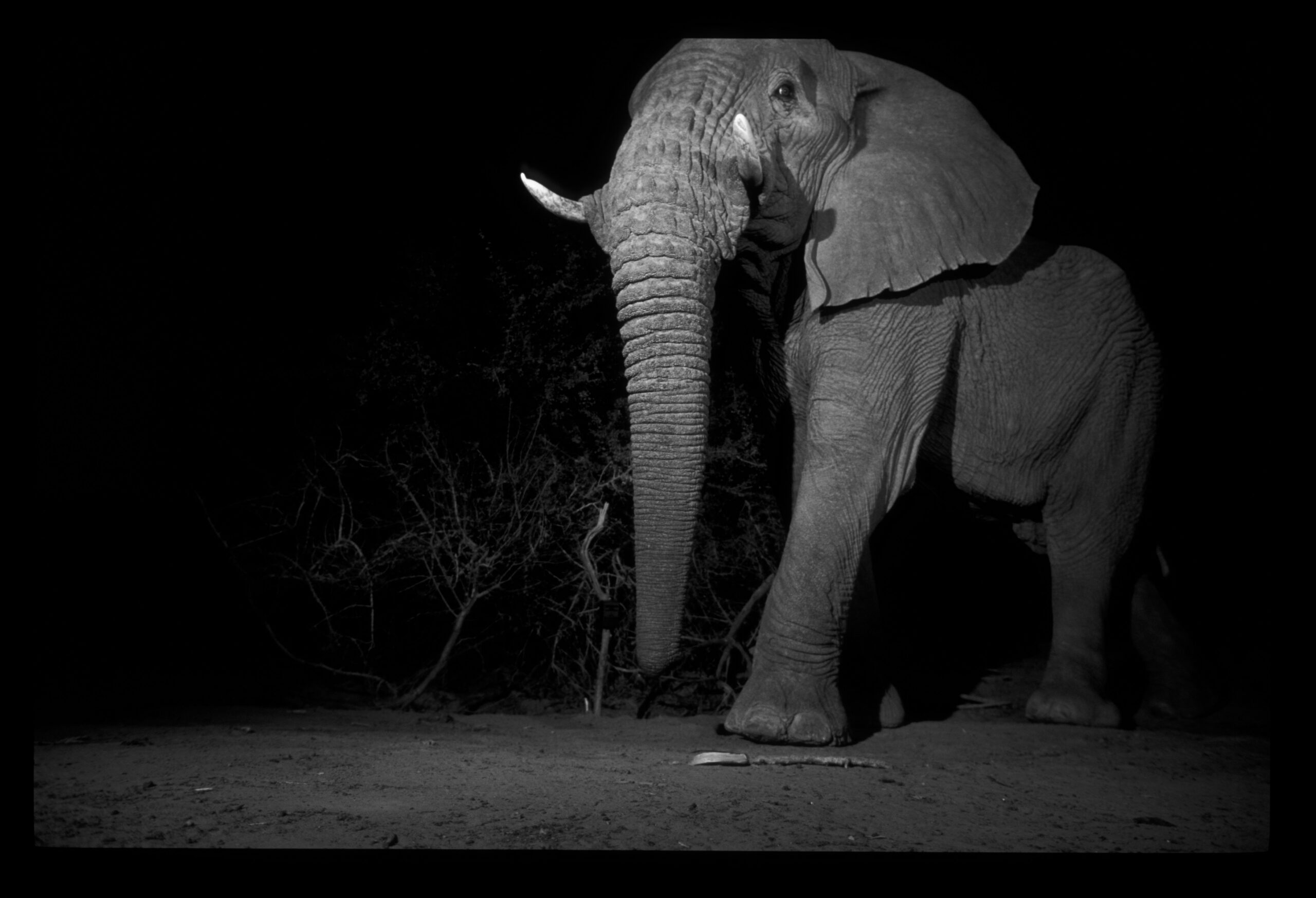Rewilding the American West
Written by:
Vance Martin
Vance Martin, president of WILD, responds to Rewilding the American West, a recently published article by BioScience. This article speaks to President Biden’s America The Beautiful Plan which aims to conserve 30% of US land and water by 2030. The authors take this plan one step further by proposing large scale rewilding of these protected areas through reducing livestock grazing allotments and the strategic reintroduction of gray wolves and beavers. Read on for Vance’s take on why rewilding must be a central component of protecting America’s west.
Rewilding in the United States during the modern era is notable for that which occurred in Northern New York and New England beginning some 200 years ago. After deforesting the area and hammering the rocky soil with subsistence farming, the colonists moved west to the more fertile Ohio and Mississippi valleys. Over the next 100 years, until the early 20th century, the forests slowly reclaimed the landscape and the wildlife naturally and dramatically rebounded. This re-forested watershed is the (often unrecognized) reason that the New York-Boston megalopolis can exist.
Just released is an ambitious new call for rewilding in the American West. In response to President Biden’s America the Beautiful plan that aims to achieve 30% protected area by 2030 (30×30) and citing a “moral urgency”, the numerous and well-known authors of Rewilding the American West propose a “Western Rewilding Network” (WRN) of 11 large reserves on federal lands spanning the West.
Their well-researched and detailed proposal has three main elements. The first action is to retire the grazing allotments on those federal lands included in the WRN, the effect of this being similar to when the colonists abandoned their New England farms and moved west, taking their stock with them. In contrast to the New England rewilding, however, are two other aspects of the WRN proposal. The authors detail the accelerated effects of reintroducing gray wolves and beaver and the multiple benefits that would accrue, including enhanced carbon sequestration, increasing surface and groundwater, significant increases in biodiversity, and much more.
A briefly mentioned point in the paper….one sentence only…is very important yet could be easily overlooked: “Indigenous people and their governments would become the key partners.” The authors name other stakeholder groups to be involved, but specifically refer to Native Americans as “partners”. This is a crucial distinction and has always been a core element in our work at WILD, ie, that Indigenous Peoples are the original inhabitants of the lands and seas we commandeered and now seek to better protect. They are not stakeholders with an issue to be addressed. They are equal partners in planning and deploying such a proposal.
This is a good proposal, and those of us who understand that the recognized, science-based target for adequate ecosystem protection is HALF, the 30×30 target is an important milestone. Finally, the authors also do something both fitting and thoughtful. They dedicate the paper and the WRN proposal to the memory of our friend and colleague, the late Dr. Michael Soule, an icon in the science and communication of rewilding. Nice one.
Read Next
You Can Help Bring Justice to the Biosphere and Save Life on Earth
WILD is linking people around the world with the effort to restore traditional lands to the Yawanawa People. And you can help!
Yes, You Actually Can Help Local Communities in West Africa & Slow Mass Extinction too!
Because of the Mali Elephant Project people are able to help restore and protect elephant habitat in an economically and ecologically challenging context
The Time to Act Was Yesterday
Encouraging and strengthening young conservation leaders is absolutely essential if we are to achieve a just and sustainable future. Learn more about CoalitionWILD – WILD’s young conservation leader network.



0 Comments